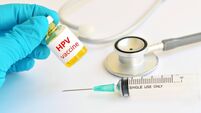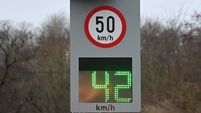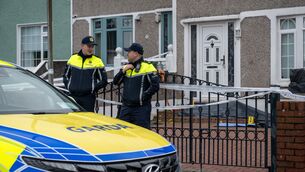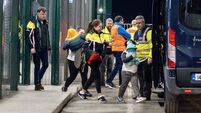State Archives: Suspected fraud at Goodman-owned meat unit

Suspected fraudulent activity at a meat packing unit owned by Larry Goodman was discovered in March 1989 just two months after gardaí had been alerted by the Department of Agriculture that the beef processing group was facing penalties of more than IR£1m for breaches of rules governing EC financial supports for the beef industry.
An investigation by Customs officials into the operation of Anglo Irish Beef Processors between September 1986 and February 1987 found Goodman plants in Cloghran, Co Dublin and Christendom, Co Waterford had made overstatements of the weight of meat which resulted in incorrect declarations being made for EC funding.













